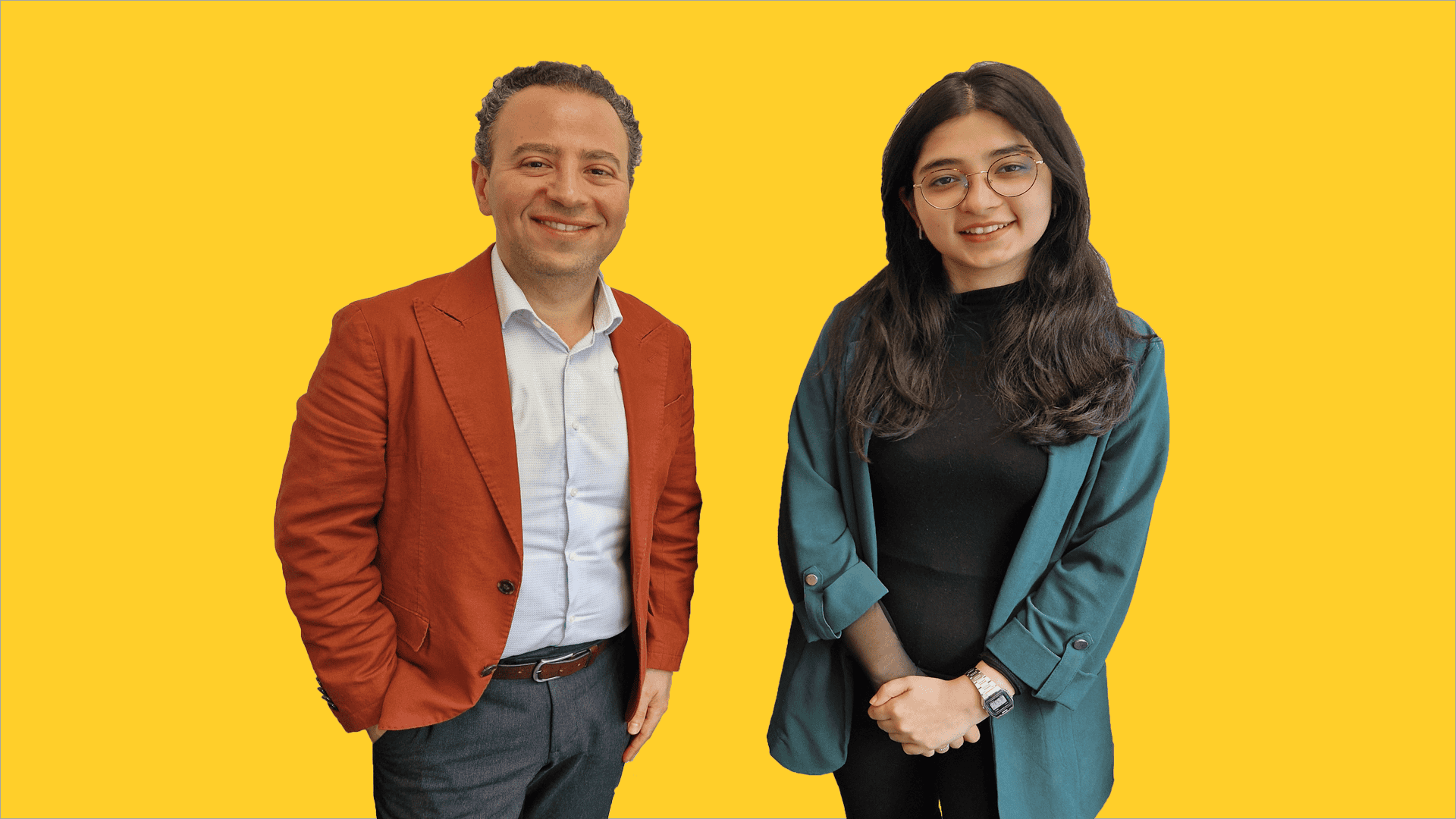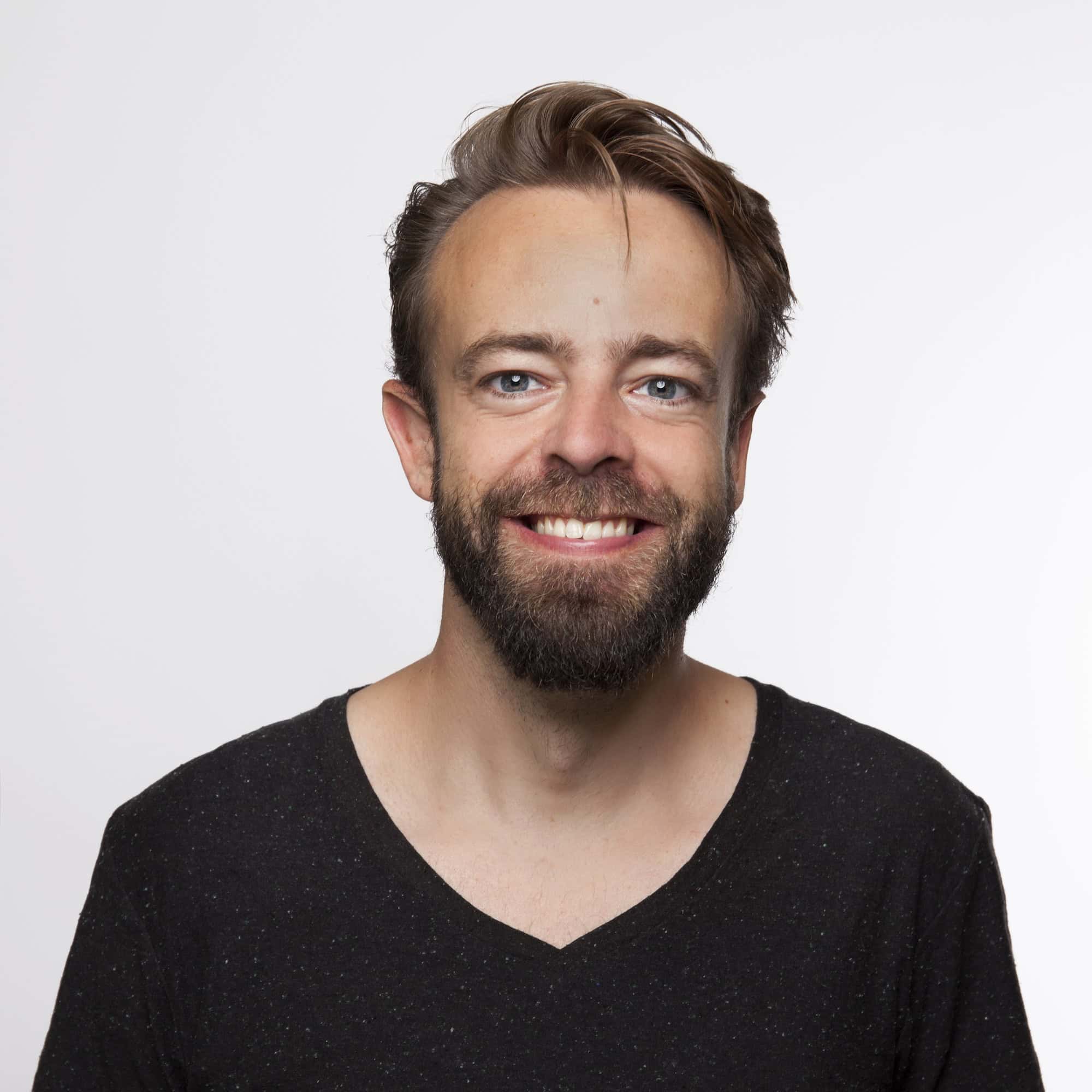
Could one of humankind’s wildest dreams – eternal youth and eternal good health – perhaps come true after all? Well, we’re probably not quite there yet. But a new discovery in stem cell research may well constitute a step in this direction. Researchers led by biologist Vlad Cojocaru from the Dutch Hubrecht Institute, together with colleagues from the Max Planck Institute in Münster, Germany, have discovered how normal human cells can be transformed into stem cells.
Differentiation between cell types is based on whether the DNA is “read” or “not read” at a specific point in time. Here, proteins known as transcription factors send the signal to read DNA in the cell or to halt the process of reading. Identity transformations, whereby cells move from an undesignated cell type to a designated cell type, occur naturally during development. However, these transformations can also be reversed. Japanese researchers were awarded the Nobel Prize in 2012 after they succeeded for the first time in reverse engineering a normal skin cell back to a stem cell.
However, it is not yet fully understood how this transformation of a skin cell into a stem cell takes place on a molecular level. “A thorough understanding of the processes involving atomic details is essential if we are to produce such cells reliably and efficiently for individual patients in the future,” says research leader Vlad Cojocaru. “It is assumed that these types of artificially produced cells could in future be part of a remedy for diseases such as Alzheimer’s and Parkinson’s. But the production process would have to become more efficient and predictive.”
A key role in stem cell formation is played by a protein known as Oct4. This triggers the activity of the proteins that “reset” the adult cell as a stem cell. These genes are located in the same structure that stores the DNA in the nucleus – the chromatin – and are no longer active in the adult cells. Known as a pioneer transcription factor, Oct4 contributes to the opening-up of the chromatin and hence facilitates gene expression.
Pioneering work for regenerative medicine
The study data reveals how the binding of Oct4 to DNA on the nucleosomes works. “We have modelled Oct4 in various configurations,” explains Cojocaru. “The molecule consists of two domains, only one of which is capable of binding to a specific DNA sequence on the nucleosome at this stage of the process. With our simulations, we have been able to find out which of these configurations are stable. And how the dynamics of the nucleosomes influences the binding of Oct4. The models have been validated by experiments carried out by our colleagues Caitlin MacCarthy and Hans Schöler in Münster.”
More IO articles on stem cell research here.
It was the first time that computer simulations were able to show how a pioneer transcription factor binds to nucleosomes that opens up the chromatin and regulates gene expression. Cojocaru explains that this computational approach for acquiring Oct4 models could also be used to screen other transcription factors and find out how they bind to nucleosomes.
In the following step, Cojocaru plans to fine-tune the current Oct4 models in order to find a definitive structure for the Oct4 nucleosome complex. “We have known for almost 15 years that Oct4, together with three other pioneering factors, transforms adult cells into stem cells. But we still don’t know how they work. “The scientist emphasizes that the experimental structure definition for such a system is extremely expensive and time-consuming. That’s why he and his colleagues hope to use computer simulations in combination with a range of laboratory experiments to get a definitive model for the binding of Oct4 to the nucleosome. “We hope that our definitive model will enable us to pioneer the development of transcription factors for the efficient and reliable production of stem cells and other cells required in regenerative medicine.”
Results of the study were published in the Biophysical Journal.
Title photo: The pioneer transcription factor Oct4 (blue) binds to the nucleosome {a complex of proteins (green) and the DNA wrapped around these proteins (orange)}. © Jan Huertas and Vlad Cojocaru, ©MPI Münster, ©Hubrecht Institute.








